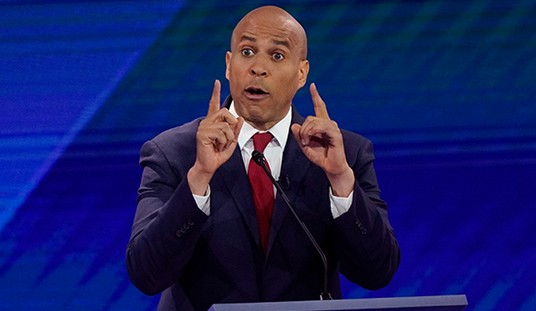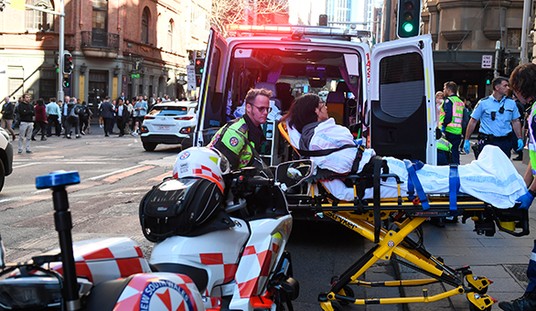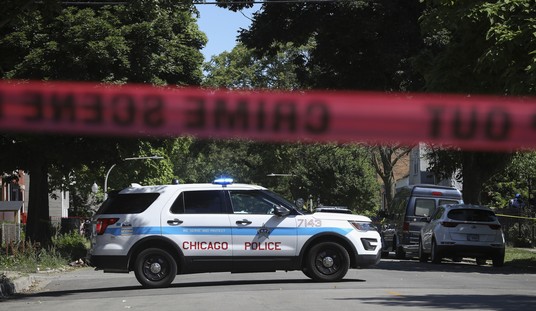NRO published a long excerpt from my new book The Road to Fatima Gate: The Beirut Spring, the Rise of Hezbollah, and the Iranian War Against Israel.
–
Chapter Five: Welcome to Hezbollahland
“Between Beirut and Tel Aviv there is . . . this strange dark kingdom.” — Jonathan Spyer
Leena and I pulled up to the last Lebanese army checkpoint before Hezbollah’s territory began.
“Who’s he?” said the soldier in charge. Leena didn’t need a permit to enter the zone, but I, as a foreigner, did. And I didn’t have one.
“He’s a friend,” she said.
“Where’s he from?” the soldier said.
“I’m American,” I said. There was no point in pretending I was anything else. I looked like an American, talked like an American, and carried an American passport. There wasn’t a chance I could convince him I was from South Lebanon.
“Like I said, he is a friend,” Leena said in Arabic with a southern accent that can’t be easily faked. “I’m taking him to my family’s house so I can show him where I come from.”
The soldier nodded and let us pass. So much for needing a permit.
As soon as Leena and I drove away from the checkpoint, we had effectively left Lebanon and arrived somewhere else. Neither government soldiers nor police officers were allowed down there. The Shia-majority cities of Nabatieh and Tyre behind us were within the government’s jurisdiction, but the only authority near the border with Israel was Hezbollah. Tehran had more sovereignty there than Beirut did.
Rapid urban migrations in developing countries are often not pretty, but the rural south appeared settled, moderately prosperous, even tranquil despite all the violence over the years. It was a relief after the impoverished and ramshackle dahiyeh. So many people in the suburbs south of Beirut came to the capital under extraordinary circumstances and left everything behind. Those who remained in the south had their reasons. Maybe they prospered there or couldn’t bear the thought of uprooting themselves. Either way, the south was their home and had been the home of their community for hundreds of years. Though the land was rocky in places and was less suitable for agriculture than the fecund Bekaa Valley, the southerners could still work it, and they could keep the fruits of the labor.
Many single-family homes were large enough to house three generations, and every village and town had sprawling villas. The apartment buildings were simple but looked nothing like the spirit-crushing slum towers in the southern suburbs. Some of South Lebanon’s money had been earned abroad in the Diaspora, and some of it came as aid from Iran’s Islamic Republic, but there was real wealth all the same. None of the south’s Shia villages or towns looked to my eyes like slums.
It was still Hezbollahland, though. The whole place was a gigantic outdoor museum for the Islamic Resistance in Lebanon.
Portraits of “martyrs” hung from the sides of electrical poles just as they did in the dahiyeh. Here, though, the portraits were cleaner and appeared to have been installed a little more recently. Posters portraying Iran’s Ayatollah Khomeini and its current Supreme Guide Ayatollah Ali Khamenei were outnumbered only by those featuring Hezbollah’s grinning beturbaned Hassan Nasrallah.
Billboards showed bloody and fiery depictions of mayhem and war accompanied by text in both English and Arabic. On the road beneath the crumbling Beaufort Castle, the story of suicide bomber Haitham Dbouq was told next to his portrait. “Haitham stormed into the convoy — that had 30 occupation troops in its ranks — blowing up his car amidst the vehicles that turned into fireballs and scattered bodies on the ground. Thirty Zionist casualties was the size of the material shock that hit the occupation army; the morale shock was much larger and more dangerous.”
The entire area was strewn with scorched tanks, blasted trucks, and military ordnance carefully placed by Hezbollah in order to best show it off. I saw young children playing on one of the tanks, their tiny legs dangling from the turret. A gigantic cardboard figure of Khomeini smiled down on them.









Join the conversation as a VIP Member